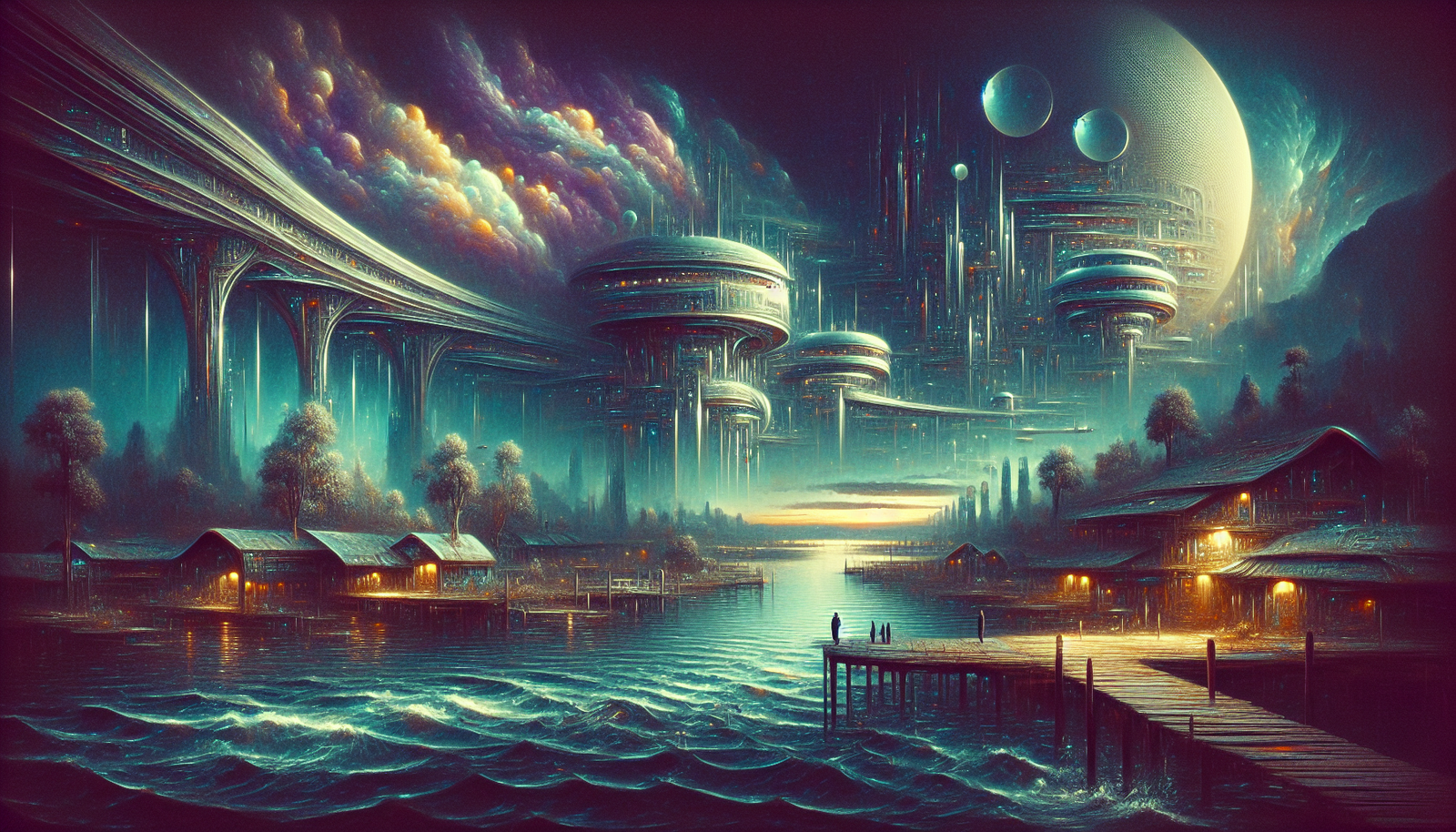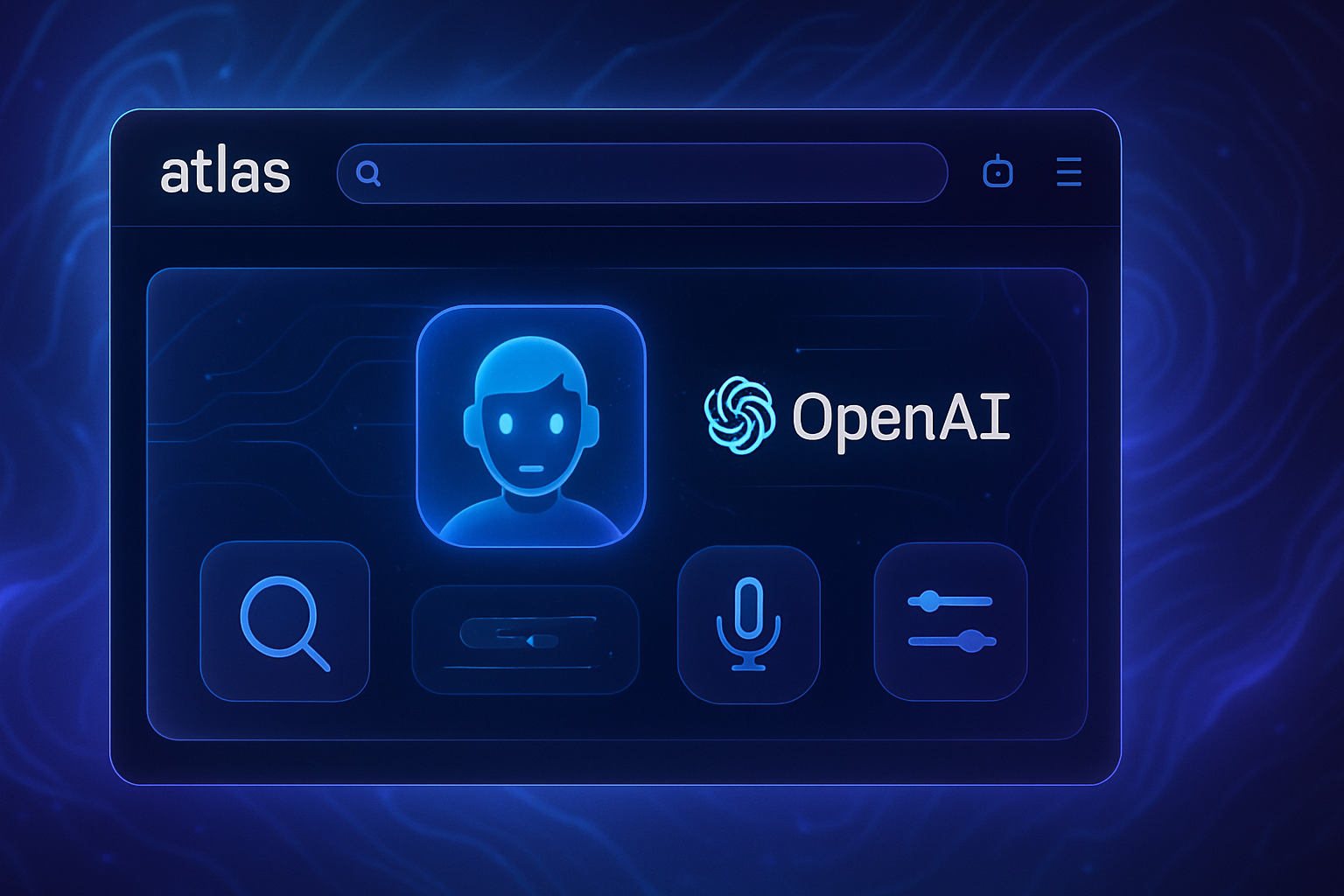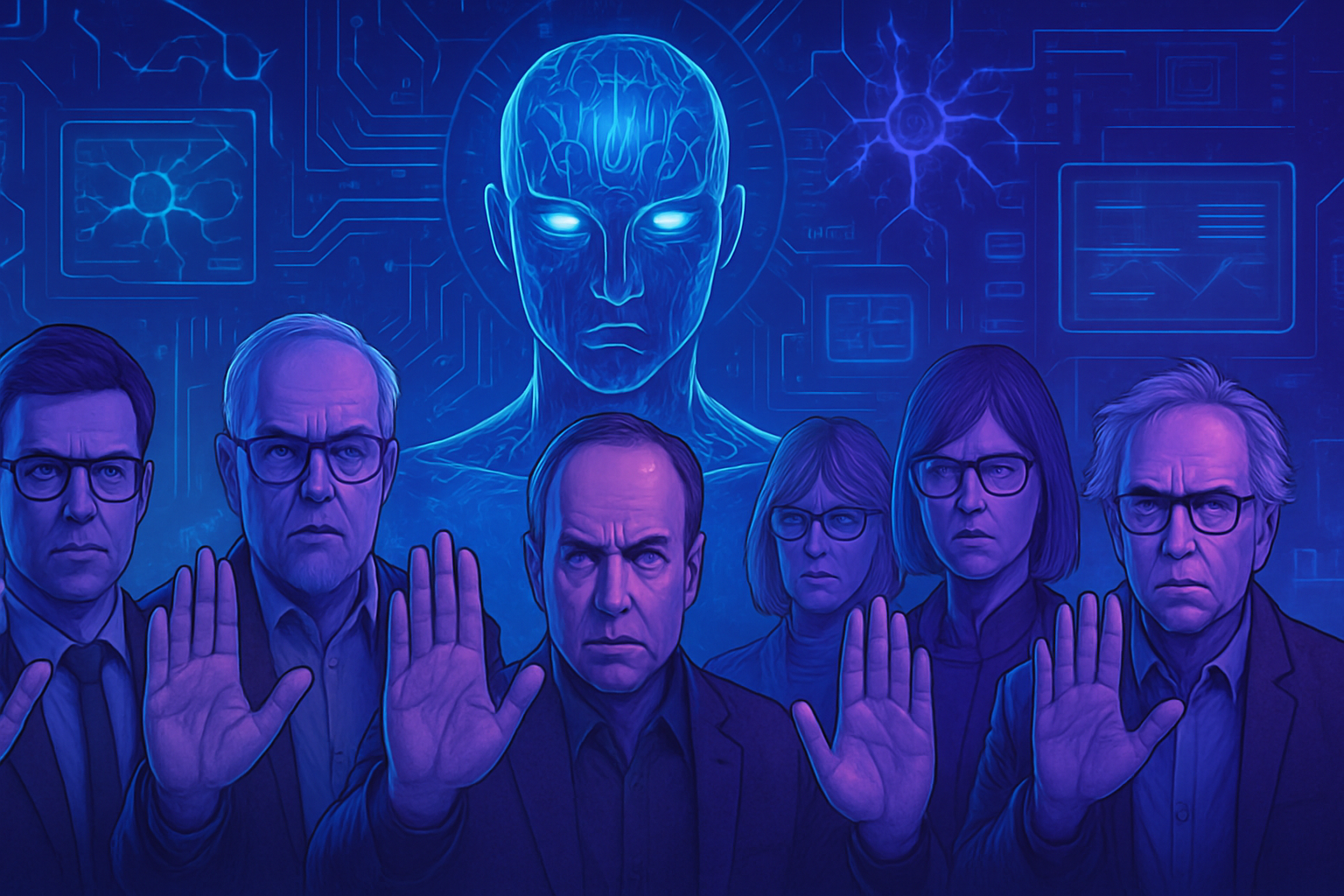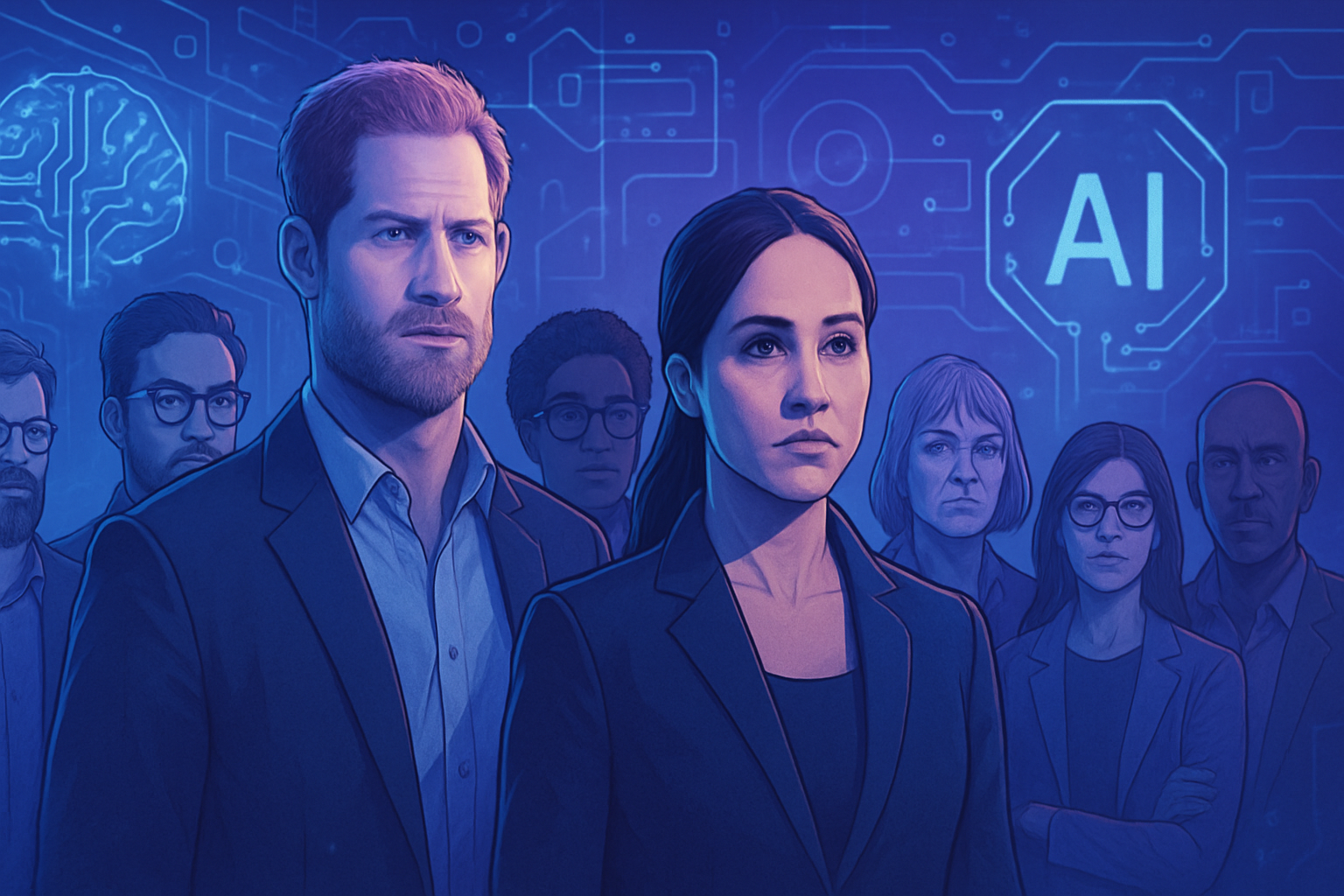A poignant dystopia
In the near future, humanity struggles against the devastating effects of climate change. May, the main character of the novel Hum by Helen Phillips, loses her job due to the emergence of “hums”, humanoid robots. The society has adapted its needs to a ruthless technology. This technological evolution puts the economic survival of individuals at risk, exacerbating inequalities.
An injection for a new identity
May’s desperate situation leads her to accept an experimental injection, which alters her appearance to become unrecognizable to machines. This physical transformation becomes an act of resistance against a system that seeks to homogenize human existence. She turns out to be a guinea pig for a formidable AI. The concept of a “new identity” emphasizes the magnitude of the stakes in a technology-governed world.
A family life marked by distress
May and her husband Jem, a former photographer turned on-demand delivery driver, face daily challenges together. Raising their two children, Lu and Sy, in a polluted and oppressive environment is difficult. They seclude themselves in “wooms”, isolation rooms that conceal their loneliness behind screens. This choice reflects their dependence on technology, a true antidote to the ambient suffering.
A nature in danger
The setting of Hum depicts a toxic environment, where natural resources are dwindling. Alarming news informs the characters of relentless disasters. Flora and fauna suffer devastating trauma. Orcas, birds, and other species experience the anguish of extinction, adding a tragic depth to the narrative. The disturbing events reported in the media resonate deeply with May, creating a pervasive atmosphere of unease.
A sharp critique of modern society
Through a pragmatic and striking vision of the future, Phillips critiques contemporary society. Themes of online shaming, corporate technological dominance, and the ubiquity of surveillance evoke crucial questions about our reality. The tragic events of human history seem to resonate with our current time. Thus, the boundary between fiction and reality narrows, reinforcing the concerning nature of the narrative.
An immersive and evocative writing style
Phillips’s writing style, blending simplicity and depth, immerses the reader in the characters’ daily anxiety. Each short chapter, rich in details, creates palpable tension. The novel raises questions about the future. How to evolve in a world dominated by technology while nature is depleting? It is difficult to let go in the face of narrative developments that question our own way of life.
A message that resonates with the present
The key scene of the data injection reveals the potential futures of May and her family. These images, projected by a hum, reflect disconcerting realities. Some visions evoke a collective fear regarding the future. Recent stories in fiction show our vulnerability in the face of technology. The predictive capability of machines questions our free will and our shared destiny.
An echo of humanity
Phillips achieves a subtle balance between speculation and concrete storytelling. Hum does not propose a brutal conflict between humans and machines. On the contrary, the conflicts are internal and rooted in the human psyche. The stakes of a troubled daily life illuminate distressing realities. This poignant narrative prompts reflection on our relationship with technology.
References and resonances
The presence of real news items throughout the work enhances the narrative’s credibility. Events woven into contemporary reality exacerbate the feeling of veracity. Articles report the growing impact of technologies on our daily lives. This approach adds an additional dimension to Phillips’s discourse, while questioning the reader about the moral implications of our contemporary choices.
The shadow of an uncertain future
Pillips’s book raises themes still relevant in face of the ecological and social crises of our time. Hum opens a necessary dialogue about the limits of humanity in the inexorable advance of technology. The reading creates a resonance with contemporary concerns, as very few novels do. The perspectives of this coexistence with a growing artificial intelligence question possible futures.
A memorable literary experience
The popularity of Hum continues to grow in the field of science fiction. The work asserts itself as a masterpiece tackling human anxieties in the face of an overwhelming technological world. The book resonates particularly with Generation Z, witnessing the rise of technologies. Young readers identify with these internal struggles, reinforcing the impact of the work within contemporary literature. The growing interest in the themes addressed in the novel testifies to its relevance.
A reflection of a changing society
Through a captivating narration, Phillips calls for reflection on our role as individuals in the face of the relentless mutations of the world. The struggles and aspirations of the characters illuminate the stakes of a shared future. May’s journey reflects the challenges of a society that continues to reinvent itself. Readers may perceive a sense of rebellion in the face of the inevitable. The work cleverly denounces the dehumanization that looms, while offering a glimmer of hope, that of human resilience.
Frequently Asked Questions
What is the main theme of “Hum” by Helen Phillips?
The novel “Hum” explores the implications of a dystopian future marked by artificial intelligence and climate change, highlighting the challenges of motherhood and identity in an oppressive technological world.
How does the character of May evolve throughout the story?
May, after losing her job to the “hums”, undergoes both a physical and emotional transformation, navigating between the pain of losing her identity and the sacrifices for her family in a ravaged world.
What criticisms are made regarding the realities presented in “Hum”?
Critics highlight that the novel offers a troubling and plausible representation of the consequences of a technology-dependent society, where human relationships deteriorate and the environment is devastated.
How can “Hum” be considered a reflection on our current reality?
“Hum” prompts reflection on the dangers of excessive digitization of life, the lack of authentic human contact, and the environmental impacts that persist in our present.
What elements of science fiction are present in “Hum”?
The novel integrates aspects of science fiction such as humanoid robots (“hums”), injections that alter human appearance, and environments degraded by human activity, establishing a link with contemporary issues.
How does the author, Helen Phillips, create an oppressive atmosphere in “Hum”?
Helen Phillips uses poignant descriptions and disturbing truths from current events to construct an anxiety-inducing atmosphere that immerses the reader in the characters’ daily anxiety and reality.
What does the concept of “wooms” represent in the narrative?
The “wooms” symbolize the technological isolation of the characters, reflecting how connected devices become refuges instead of facilitators of human connection.
How does “Hum” address the themes of parenthood and family relationships?
The novel illustrates May and Jem’s struggle to maintain an intact family life while facing economic and environmental pressures, highlighting parental love and sacrifice in a difficult world.






